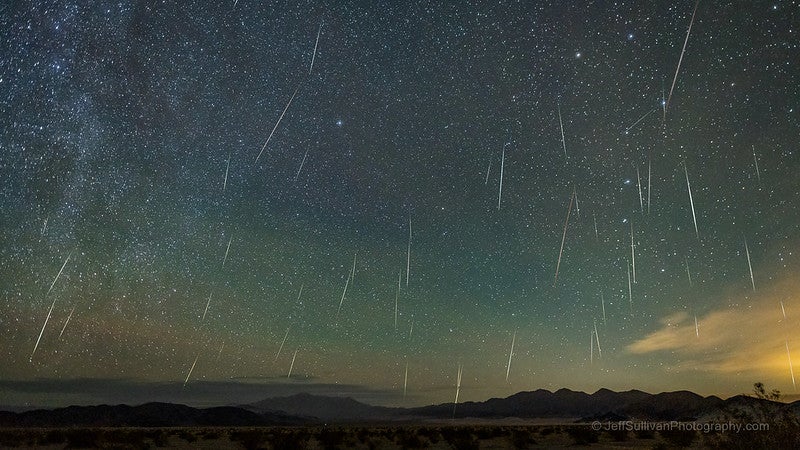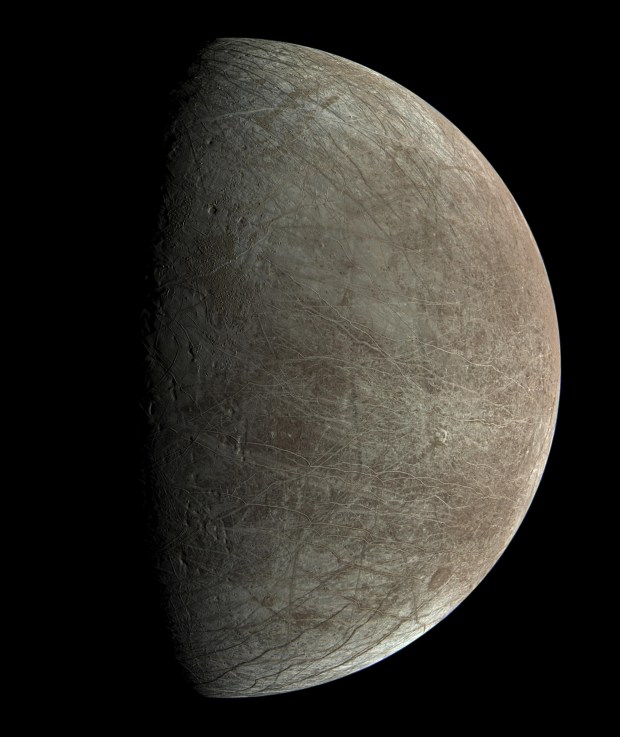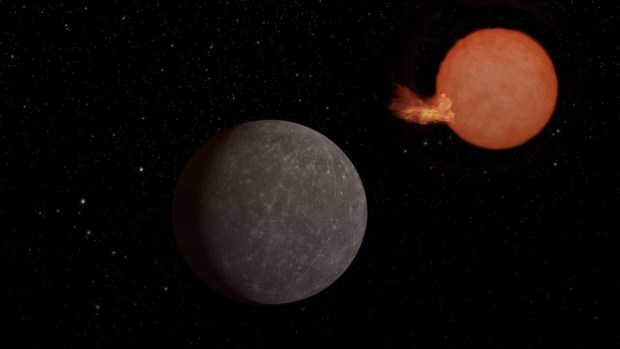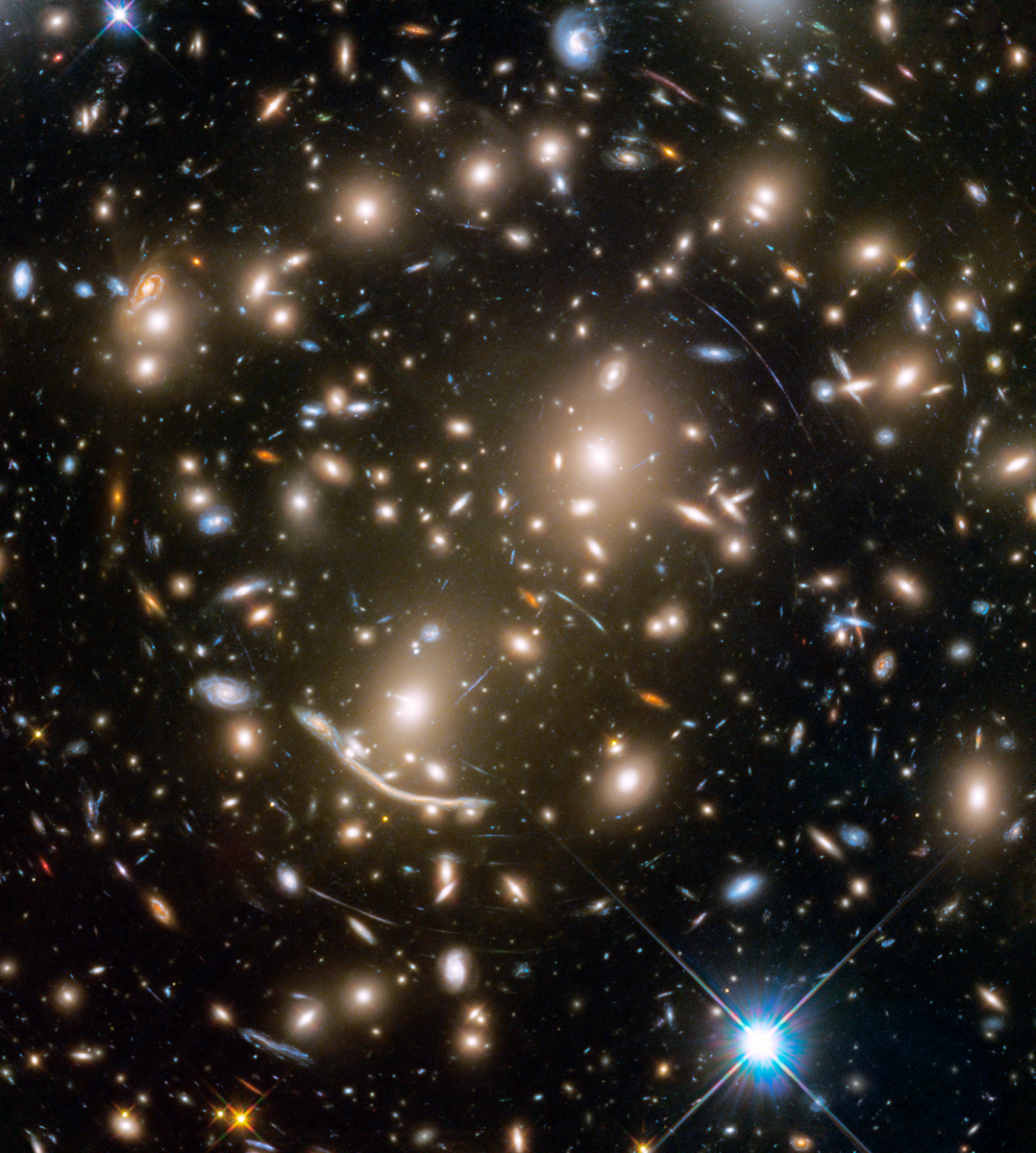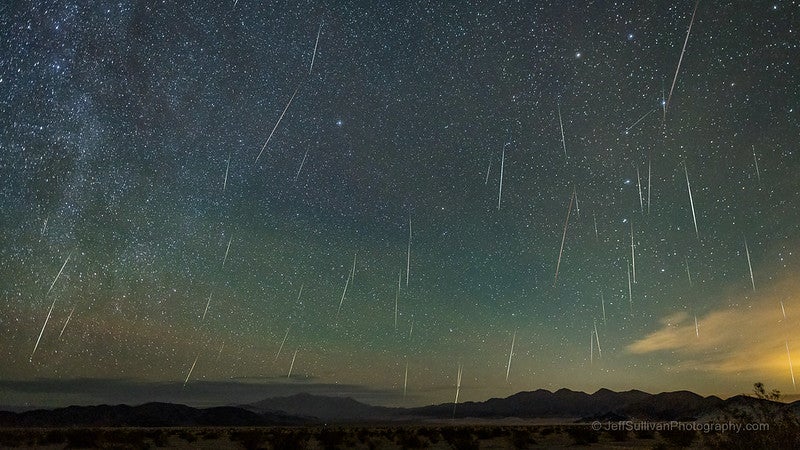
A pair of papers published today in Nature look at the origins of many meteorites that have fallen to Earth. By examining the detailed makeup of the rocks, ascertaining the time that has passed since they broke off larger bodies, and comparing these to asteroids in space, researchers found evidence that a great majority of the meteorites that have fallen to Earth may have come from just three sources. They are the Massalia, Karin, and Koronis2 families of asteroids.
Fingerprinting the suspects
Around 70 percent of meteorites on Earth are classified as either H or L chondrites. H chondrites are generally iron-heavy, while L chondrites are rich in the mineral olivine and have significantly less elemental iron. The authors of the papers looked to the main belt for asteroids matching the elemental composition of H and L chondrites, using spectroscopy, which breaks light into its constituent wavelengths to look for patterns that correspond to certain elements. They also had to look for objects at the right perches in the main belt to transport debris to Earth.
They found the right chemical abundance for L chondrites in 20 Massalia, an asteroid with a roughly 90-mile (140 kilometers) diameter, and its family of nearby asteroids, which all have essentially the same composition. This shows that the smaller asteroids likely came from Massalia, created in an ancient collision 470 million years ago that splintered the original Massalia asteroid. But it also indicates that some of the fragments may have come to Earth in a steady stream of bolides raining down for basically as long as vertebrates have been around.
The majority of the H chondrites, on the other hand, came from more recent asteroid collisions in the Karin and Koronis2 families, as well as another, more recent Massalia impact. These events happened around 5.8 million, 7.6 million, and 40 million years ago, and represent the formation of a lot of the H-class and similar meteors that fall to our planet today.
Ticket to Earth
Asteroids orbit in the main belt, a region between the orbits of Mars and Jupiter. So, how did pieces of them get here?
“Those collisional families … are very efficient at producing small fragments that are easily transported in our solar system through non-gravitational forces, like what we call the Yarkovsky effect, for instance, and they can be delivered to the Earth,” says Michaël Marsset of the European Southern Observatory, an author on both studies. The Yarkovsky effect is a phenomenon caused by photons pushing on an object in space, acting almost like a mini rocket boost. It’s enough to send an object from the main belt to the inner solar system, where it could then potentially encounter Earth.
Furthermore, Massalia and its “children” have a resonant orbit with Earth. For every three orbits around the Sun that Earth completes, Massalia completes one, and these resonant orbits provide a way for debris to come to Earth in a steady cadence. L chondrites represent “about 37 percent of falls at the moment,” Marsset says.
Looking for origins
The genesis of the study, according to Marsset, came from a number of L chondrite meteorites that fell in what is now a limestone quarry in Sweden 466 million years ago. That led the team to look for a common progenitor of these objects and other meteorites of the same class.
“The fossil meteorites that were found in this quarry in Sweden […] are the same meteorites that are falling today on our planet,” Marsset says, with the second strike on Massalia 40 million years ago kicking up more debris.
Once one collision happens, the meteor families cascade from there. For instance, Massalia’s initial impact would have created a number of large objects. With time, those objects struck each other to create medium-sized rocks, and so on until some of the debris is as small as mere grains of sand.
There are other sources of meteorites on Earth, to be certain. For instance, around 6 percent come from either the Moon, Mars, or the asteroid 4 Vesta, a strange and tantalizingly large object in the main belt that was visited by NASA’s Dawn mission.
These two studies lay the groundwork for understanding the event that has brought so many space rocks down to our planet — including ones we still see in the night sky. But more data will be needed both to reconstruct the event, and better understand the transport mechanism that brought its debris to Earth.
Still, these are fascinating feats of planetary forensics that help piece together the history of our planet and the wider solar system.
